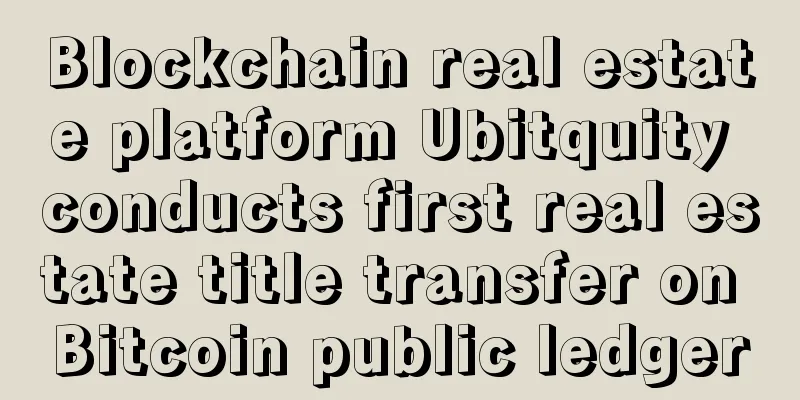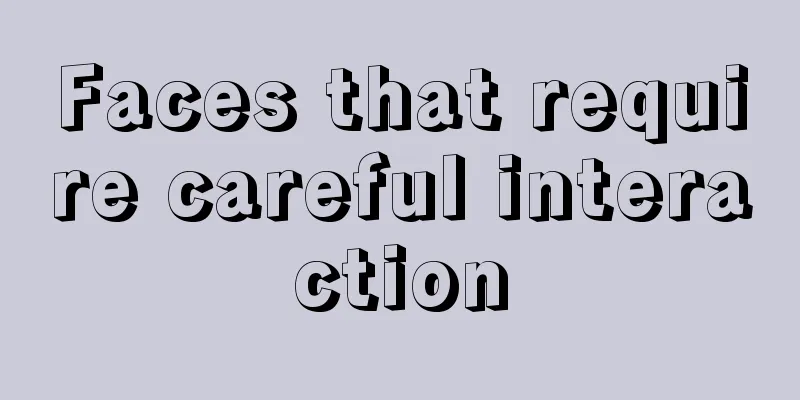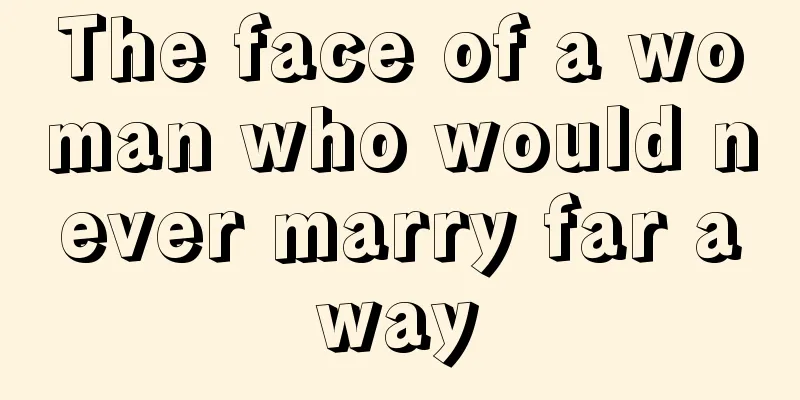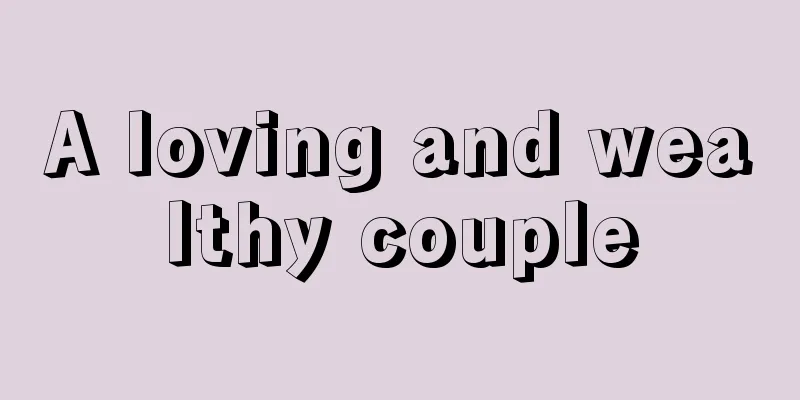I/O Digital in the Netherlands will spur blockchain innovation
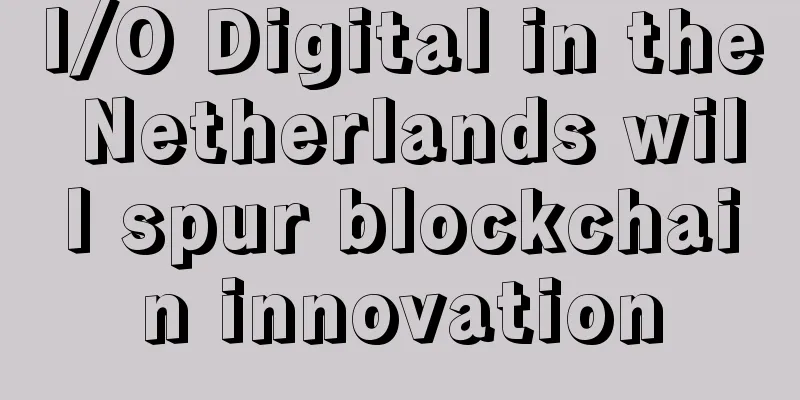
|
Rage Review : The Netherlands' I/O Digital Foundation announced that their testing of DIONS has entered the final stage and is ready for use. I/O Digital has worked with outstanding developers and companies around the world to solve the biggest challenges in the field of blockchain technology, accelerating the development, updating and application of blockchain technology. Its ultimate goal is to allow companies using their blockchain technology to gain an advantage in the competition by creating synergies between services. Translation: Flora The Dutch team behind the cryptocurrency, I/O Digital Foundation, has announced that they are in the final stages of testing DIONS (Decentralized Input/Output Name Servers) and are ready to launch. The development team at I/O Digital said in a press release:
This is the first major milestone in the second phase of IOC’s development plan, following the successful initial launch of the platform. As part of the initial development plan, the development team created a fully functional HTML5 (Hypertext Markup Language Revision 5) IOC wallet as an alternative to the Bitcoin-based QT wallet. This was followed by IONS (semi-centralized name server) and POS I/O (Proof of Stake Input/Output) - a proof-of-stake volume-controlled blockchain update. They added:
The Bitcoin-based “Proof of Work” (PoW) introduced by Satoshi Nakamoto in his white paper is the origin of IOC and DIONS. Scott Nadal and Sunny King established another digital currency platform standard in their August 2012 paper on the proof-of-stake-based cryptocurrency Peercoin. For a period of time, IOC has been absorbing the essence of proof-of-work and proof-of-stake technologies. IOC started as a cryptocurrency-based X11 (or X Window System) PoW and has now successfully transitioned to a unique PoS I/O. IOC-based PoS uses a volume-controlled blockchain, a blockchain that instantly transmits received confirmations in less than 30 seconds. I/O Digital Blockchain takes 1 minute, 10 times faster than Bitcoin, and is highly energy-efficient. Bitcoin lacks user-friendliness and privacy, and fintech has data inflation risks and centralized security gaps. In December 2014, the I/O Digital development team proposed a major update for the main IOC blockchain called DIONS. DIONS uses AES256 fully encrypted decentralized alias servers, messaging, data storage, and a decentralized "GPGTools" similar system, making it distinct from Bitcoin. The DIONS blockchain also allows for identity storage, avatar creation, and enables encrypted file storage capabilities to be transferred between users. All of these features have been encrypted into a user-friendly HTML5 wallet system. Encrypted decentralized information DIONS will be a decentralized end-to-end encrypted "chat" system similar to Skype with built-in AES256 encryption. Its chat feature will allow customers to send encrypted private messages and choose whether to broadcast them. DIONS also presents an attractive option to third-party researchers trying to build a censorship-resistant decentralized "Twitter-style" microblogging service. Decentralized Identity and Name Server System (Alias) The I/O Digital blockchain DIONS will allow users to store sensitive identities, providing a way to manage reputation and control data. The decentralized alias system is censorship-resistant. As part of the I/O Digital toolkit, DIONS allows the creation of arbitrary key-value pairs, and the I/O Digital blockchain provides a decentralized DNS (Domain Name Server) database. Names can be instantly turned into DNS records using our or third-party APIs. DIONS has no restrictions on the form of aliases, which are completely arbitrary and can be transferred between users. DNS records can be A records, CNAME records, or MX records. I/O Digital's blockchain provides a ready-made DNS database that can be used by our or third-party APIs. (This also reduces network traffic for DNS queries) DIONS allows the creation of private aliases, allowing identity storage (so-called "private aliases" can also be made public at the user's discretion). Private aliases will provide users with an additional layer of privacy at the time of creation. In this way, users can create both public and private usernames and use these names for transactions. The combination of a unique and memorable ID and a brand name to receive I/O currency payments has great benefits for both individuals and businesses. Businesses can now use a unique human-readable ID to provide the same services that customers receive for invoices or reference data (e.g. HSBC:8008135), while still being able to use their own brand name. This provides a more familiar format for customers who are familiar with naming conventions for emails and websites. Data storage The I/O Digital blockchain is also useful for managing intellectual property, certificates of authenticity, and status reports. The hash value in an I/O transaction can be used as proof of existence for any digital file, as the timestamp on the hash value is immutable. Data storage and arbitrary keys allow users to enter data in the HTML5 wallet using the keyboard or the "File Upload" option. I/O Digital Ecosystem - Protecting Individual Freedom on the Blockchain Our I/O Digital ecosystem is able to encrypt communications permitted by the NSA to the level of "Top Secret", and the independent RSA public key cryptography method of encrypting the blockchain also reflects the uniqueness of the system. The I/O Digital team has built the first RSA public key communication system using AES 256 fully integrated with blockchain technology to ensure the security of global communications. Therefore, it can be regarded as a replacement for GPG Tools (which has been used worldwide for 17 years). The blockchain "replaces" all central key servers for fully decentralized encrypted communications. Developers using third-party APIs can use DIONS to encrypt/decrypt, sign/confirm text selections, files, folders, images, and audio for review and obtain keys from them. I/O Digital has allowed this content to be freely distributed on the global communication network. DIONS provides a huge opportunity for enterprises to create their own proof of concept mechanism around I/O Digital blockchain technology and clarify the interests between blockchain and its services. The prospects for blockchain development and services are very broad. A winning team The I/O Digital R&D team and IOC have won the Public Award in the Blockchain category of the Euro Fintech Awards and have been shortlisted for the Benzinga Fintech Awards. I/O Digital is currently listed as a “Rising Star” in the “KPMG/H2 Fintech 100” list. The I/O Digital R&D team includes many experienced professionals in the industry who know how to achieve results, address technical challenges, and leverage their technology to secure a position in the blockchain ecosystem. I/O Digital’s ultimate goal is to enable companies using their blockchain technology to gain a competitive advantage by creating synergies between services, while reducing operational costs and even adding new services to their portfolio. |
<<: Coindesk Selection: Top 10 Blockchain Figures and Events in 2016
Recommend
The Taoism and Magical Instruments of Public Chain and Consortium Chain
There are already many articles discussing the tw...
Are women with phoenix eyes destined to be rich?
What is the fate of a woman with almond-shaped ey...
Which kind of people are likely to have unexpected wealth?
Windfall is also called unexpected wealth, side i...
What is the fate of high cheekbones?
The zygomatic bones are two bones located below t...
Is it good to have a full forehead?
In physiognomy , when we praise a person for bein...
Is it good for a girl to have horizontal lines on her nose? What does it indicate?
In physiognomy, people's noses represent the ...
What does a woman with a big nose mean?
If some women have relatively large noses, then t...
Bitcoin block size will be expanded to 20M, which will lead to an increase in mining costs
On June 9, the number of Bitcoin network transmis...
What does a virtuous woman look like? Analysis of the facial features of a virtuous woman!
In ancient times, it was emphasized that women sh...
People with splayed eyebrows have kind personalities and are generous.
What does a scowl look like? The s-shaped eyebrow...
Is fortune telling by face reading accurate?
Physiognomy allows everyone to see their destiny....
Why do people with broken palms have rich
Perhaps everyone has heard at some point that, in ...
Is a woman with a mole on her chin good or bad? What does it mean?
Everyone has moles on their body. Moles on the bo...
Is there a saying that women have the fate of a phoenix or a nobleman? What are the facial features?
It is said that women have the fate of a phoenix ...
Analysis of the facial features of women with curved eyebrows
As one of the traditional physiognomy techniques, ...





